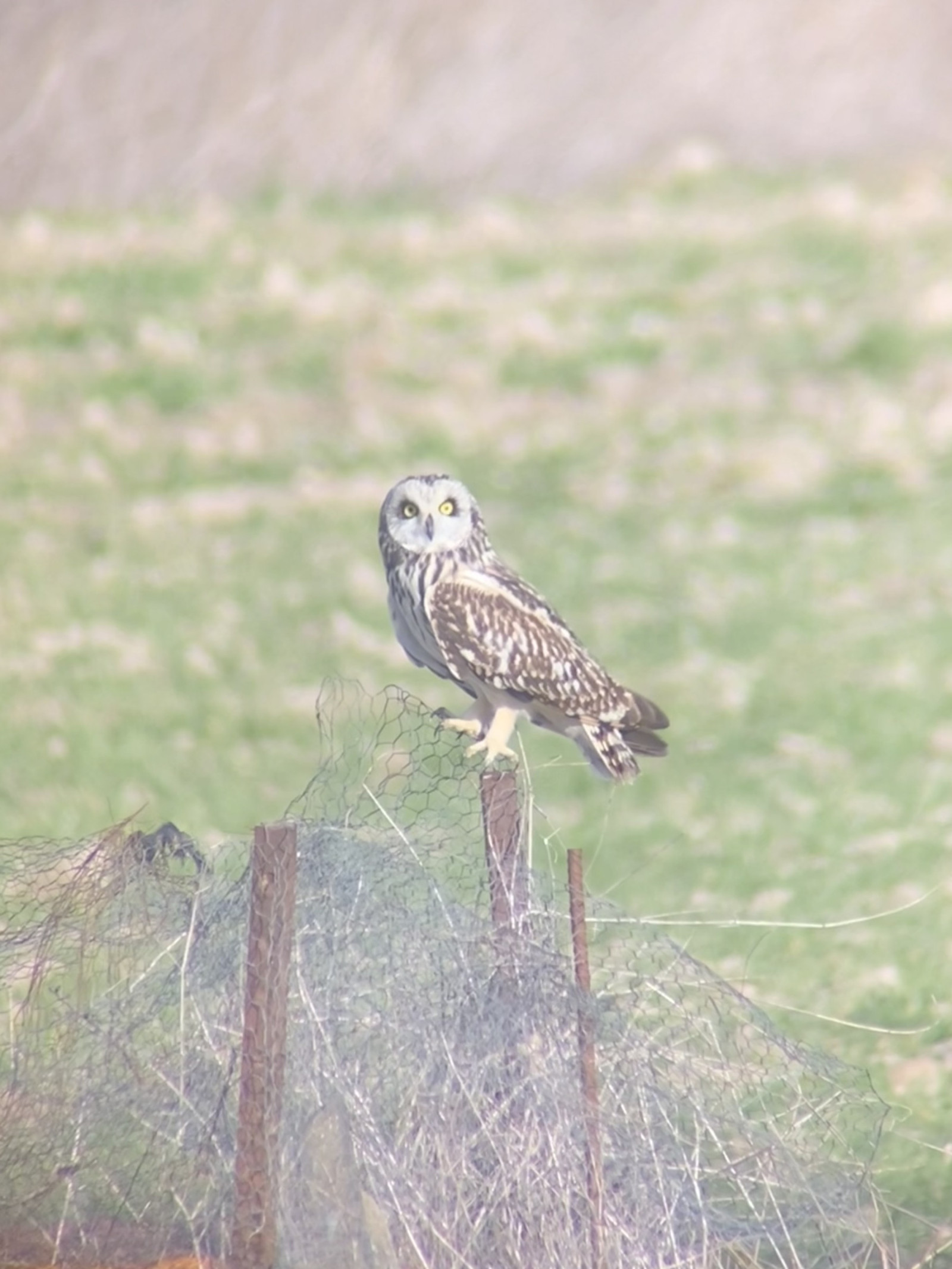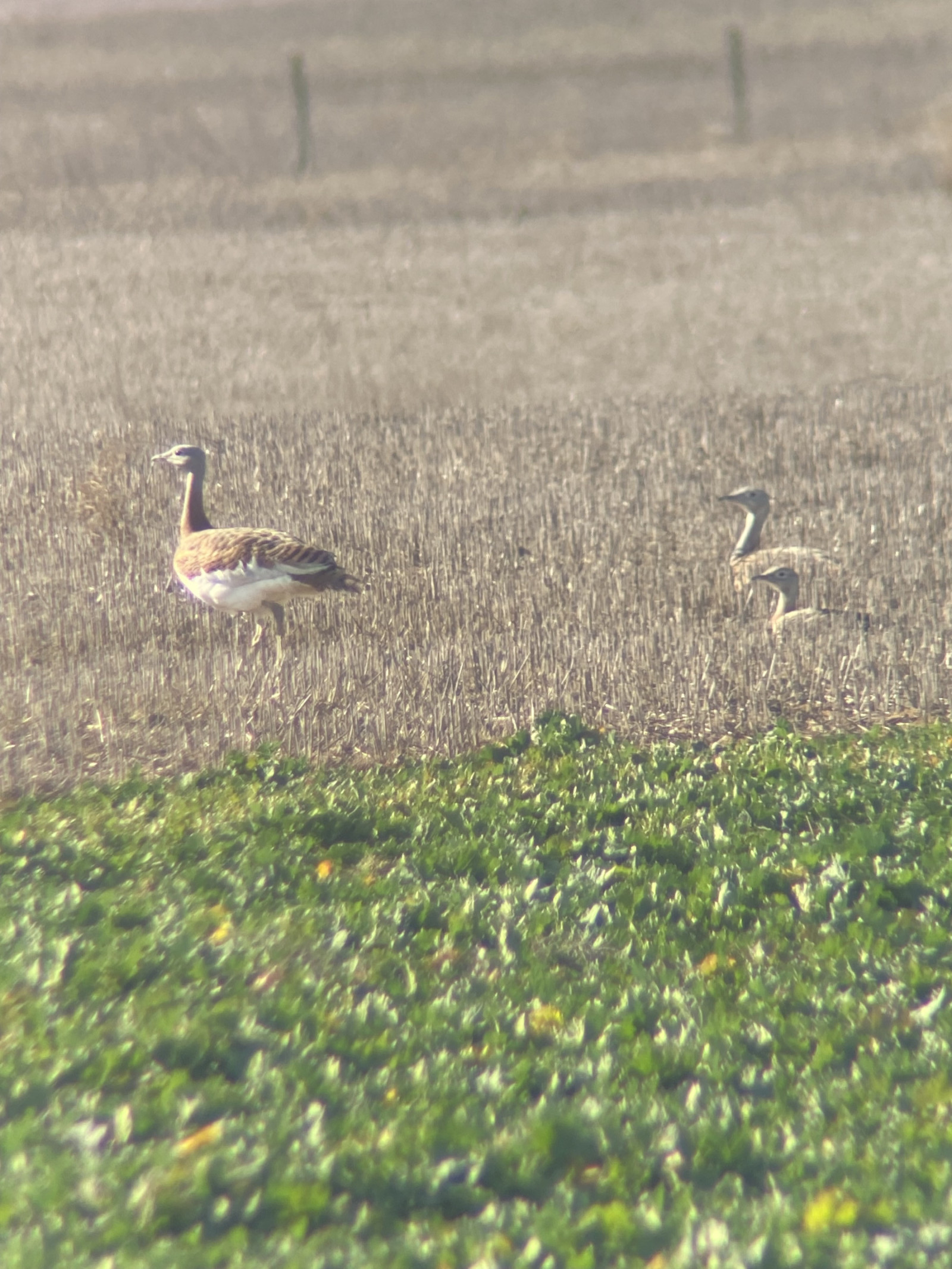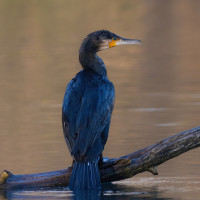Description
Azud de Riolobos is a large reservoir with a sufficient water level all year round and which is a habitual refuge for many migratory birds. The surrounding area is good for steppe birds. The area has very easy access by vehicle from the city of Salamanca. More than 10,000 birds have been counted in times of migration. Noteworthy are the pisila čáponohá and the large concentrations of ducks. Also kolpík bílý can be seen. And there are colonies of poštolka jižní, one of them in the farmhouse of Riolobos, north of the reservoir. Among the other birds you can see are drop velký, jeřáb popelavý, Dytík úhorní, stepokur písečný, kukačka chocholatá, vlha pestrá, moták pochop, racek žlutonohý, kulík písečný, husice liščí, lžičák pestrý, orebice rudá, potápka roháč and many more, see the birdlist below.
_________________________
Español: El humedal más importante de Salamanca con más de 200 especies que utilizan en algún momento el humedal sobre todo en pasos migratorios. Un gran reservo río de agua con nivel suficiente todo el año y que es refugio habitual de muchas aves migratorias. Con muy fácil acceso en vehículo desde la ciudad de Salamanca.
Details
Access
From Salamanca go in the direction of Aldealengua-Babilafuente and Villoria. After this lasttown you will find the tower of the farmhouse of Riolobos, and from there, already signposted, the area is accessed by a road to the dam. The best way to visit the area is to travel it through the road that surrounds it, from where you can see it from various perspectives. The circular route around the reservoir is about 10 km long.
_________________________
Español: Cerca de la ciudad de Salamanca a unos 40 km de la capital. El viaje es sencillo y desde Salamanca hay que ir en dirección Aldealengua-Babilafuente y Villoria. Pasado este último municipio encontraremos la torre de la alquería de Riolobos, y desde ahí, ya señalizado, se accede por una carretera hasta el azud. La mejor manera de visitar este azud es recorrerlo a través de la carretera que lo circunda, desde donde se puede ver desde varias perspectivas. La ruta circular alrededor del humedal tiene una longitud de unos 10 km.




